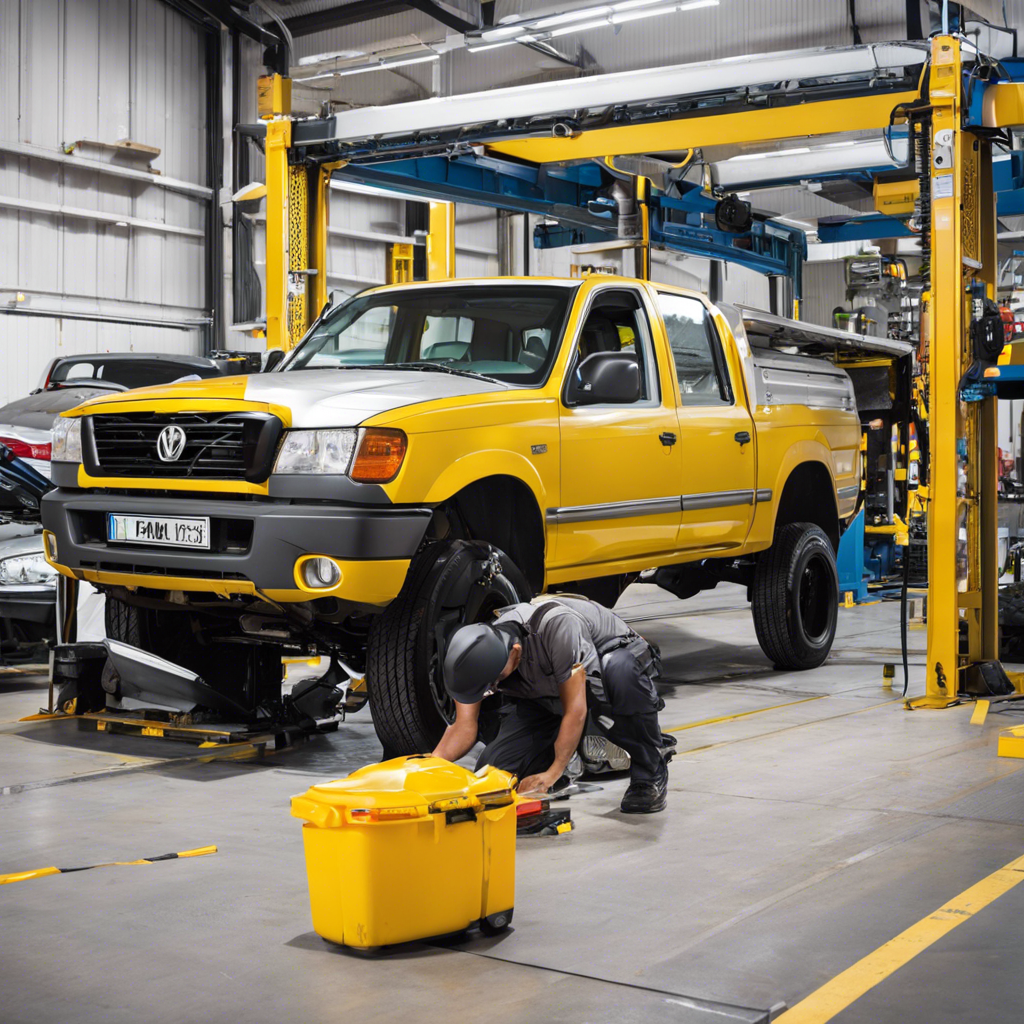Road safety is a shared responsibility, and one crucial aspect often overlooked is the impact of regular vehicle maintenance on accident prevention. The importance of adhering to a maintenance schedule cannot be overstated, as it serves as a proactive measure to identify and address potential issues before they escalate into dangerous situations. This article delves into the role of vehicle maintenance schedules in promoting safety, reducing accidents, and maintaining optimal performance on the roads.
In today’s fast-paced world, where vehicles are an integral part of our daily lives, ensuring their reliability and safety is paramount. Proper maintenance not only extends the lifespan of a vehicle but plays a pivotal role in preventing accidents. Let’s explore the significance of regular check-ups and how they contribute to safer driving experiences.
Understanding Vehicle Maintenance Schedules
Vehicle maintenance schedules are comprehensive plans designed to ensure the optimal performance and longevity of your car. These schedules outline specific tasks and inspections that should be performed at regular intervals. From routine oil changes to more complex diagnostics, each service is tailored to address potential issues before they become safety hazards.
Key Maintenance Tasks for Safety
Various maintenance tasks are essential for keeping your vehicle in top shape and minimizing the risk of accidents. Here are some critical aspects:
1. Brakes and Suspension
Regularly inspecting the brake system and suspension components is vital. Worn-out brake pads, malfunctioning calipers, or damaged suspension parts can significantly impact your vehicle’s ability to stop effectively. Unaddressed issues in these areas may lead to accidents, especially in emergency braking situations. NHTSA emphasizes the role of proper vehicle maintenance in accident prevention.
2. Tire Health
Tires are the only point of contact between your vehicle and the road. Proper tire care includes regular pressure checks, tread inspections, and rotation. Underinflated or worn-out tires compromise traction and handling, increasing the likelihood of skidding, hydroplaning, and blowouts. The NHTSA’s tire safety guide offers valuable insights into tire health.
Quick Maintenance Tips:
- Check tire pressure regularly, especially before long trips.
- Inspect tires for uneven wear patterns and debris.
- Keep an eye on the tread depth and replace tires when necessary.
3. Engine and Fluids
A well-maintained engine ensures optimal performance. Regular oil changes, coolant checks, and transmission fluid monitoring contribute to a smooth-running engine. Neglecting these tasks can lead to overheating, decreased fuel efficiency, and, in severe cases, engine failure while on the road.
The Impact of Regular Maintenance
Adhering to a maintenance schedule offers several advantages:
1. Enhanced Safety:
Regular maintenance identifies potential safety hazards, allowing you to address them promptly. From ensuring optimal brake performance to maintaining tire health, these measures significantly reduce the risk of accidents.
2. Improved Performance:
Well-maintained vehicles perform better. Regular servicing ensures efficient engine operation, smooth transmission shifts, and responsive handling, contributing to a more enjoyable and safer driving experience.
3. Cost Savings:
Preventive maintenance can save you money in the long run. Addressing issues early on prevents them from turning into costly repairs. Additionally, well-maintained vehicles tend to have higher resale values.
Frequently Asked Questions
1. How often should I follow a maintenance schedule?
The frequency of maintenance checks depends on various factors, including the make and model of your vehicle, driving conditions, and mileage. Consult your vehicle’s manual for a recommended maintenance schedule, and adapt it to your driving habits.
2. Can I do basic maintenance tasks myself?
Some basic tasks like checking tire pressure, monitoring fluid levels, and replacing air filters can be done by car owners. However, more complex tasks like brake repairs and engine diagnostics are best left to qualified mechanics to ensure safety and accuracy.
3. What are the consequences of neglecting maintenance?
Neglecting maintenance can lead to safety hazards, decreased performance, and costly repairs. It may also void warranty coverage and compromise your vehicle’s resale value. Regular maintenance is a small investment that pays dividends in terms of safety and reliability.
Conclusion
Vehicle maintenance schedules are not just routine procedures; they are essential safety measures. By adhering to a well-planned maintenance schedule, you ensure that your vehicle remains in optimal condition, minimizing the risk of accidents. Routine inspections and timely repairs significantly contribute to safer roads for you and other drivers. Remember, investing time and effort into vehicle maintenance is an investment in your safety and peace of mind.
—
**External Links:**
1. Vehicle Safety Ratings by NHTSA
2. Vehicle Maintenance and Emergencies
3. Car Maintenance Guide by Consumer Reports
